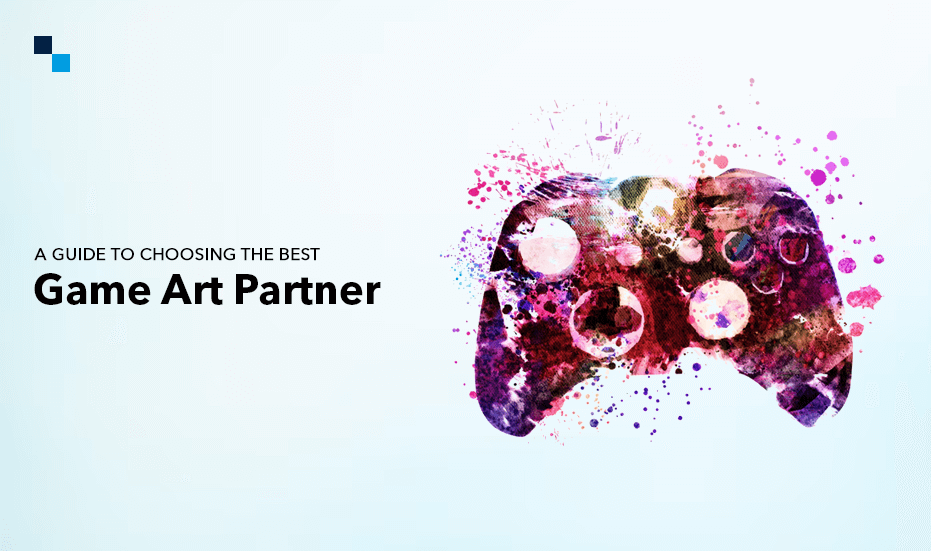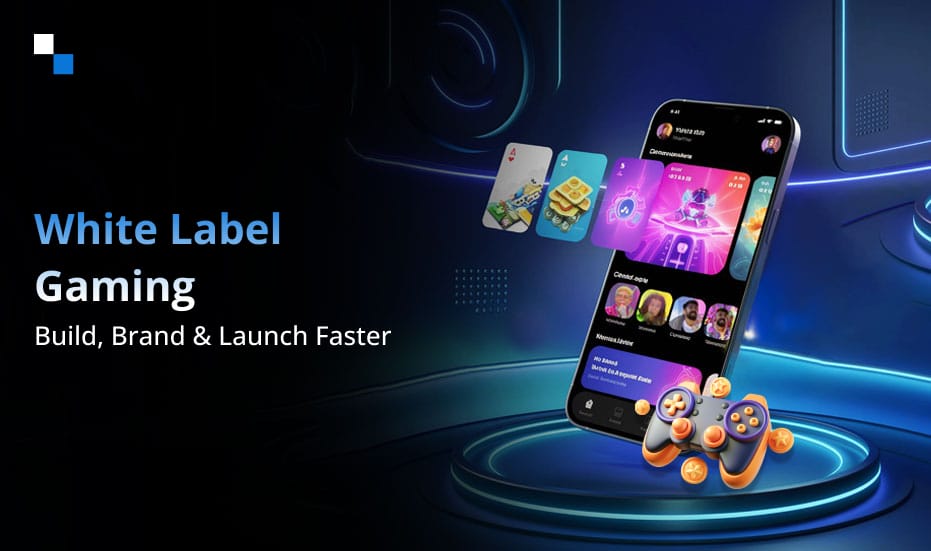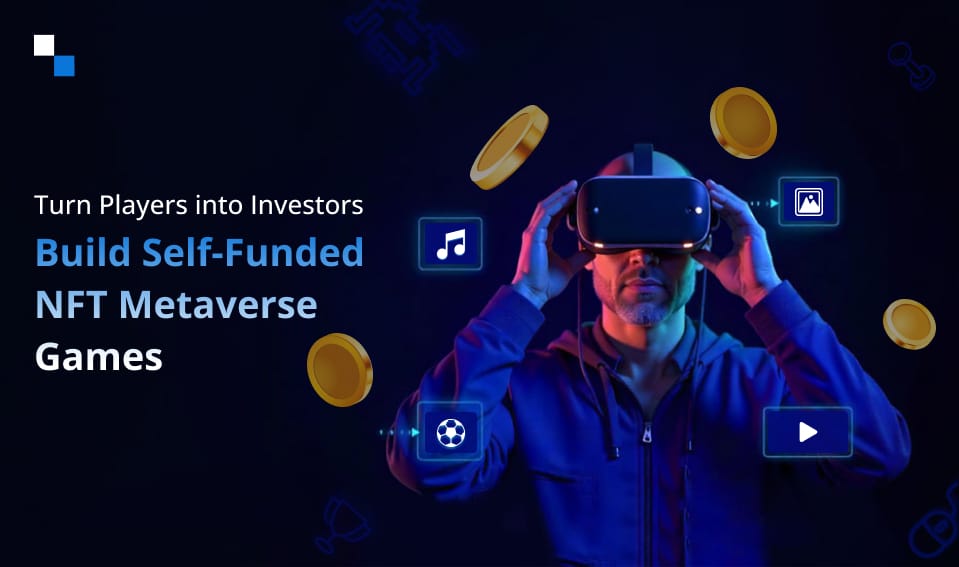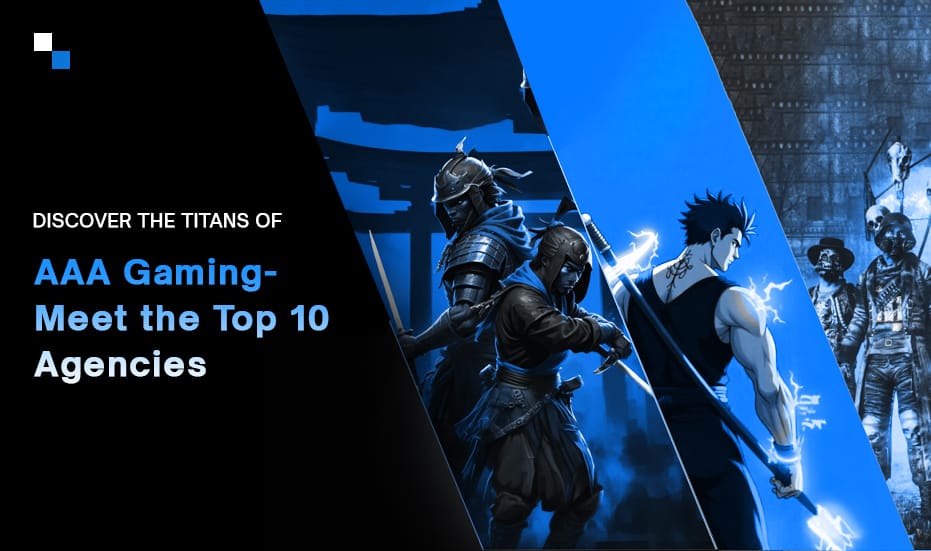
Everything You Need to Know About Rollup Upgradability in 2024
September 25, 2024
Launch your DEX in 7 Days With White Label Decentralized Exchange
September 26, 2024It’s no secret that the gaming market is rapidly expanding, but have you ever wondered what sets a game apart and makes it a resounding success? Is it captivating gameplay, gripping narratives, or immersive audio? While those elements are crucial, the visual artistry often leaves an indelible mark on players’ minds.
A game art development firm or team can elevate a game from good to great by creating stunning visuals that immerse players in a new world, captivating characters that bring stories to life, and intuitive controls that make gameplay seamless. However, deciding to build an in-house game art team or outsource is critical. Given the many options, how can you select the best approach to your game art development project’s goals and constraints?
Scroll down to uncover the secret ingredients behind selecting the perfect game art partner.
In-House vs. Outsourcing: Which Approach is Right for Your Game Art Development Project?

Each method has distinct pros and cons; the best choice hinges on your project’s needs.
Let’s explore one by one:
- In-House Development:- Developing an in-house team grants greater autonomy over the development process, enabling direct communication and fostering a shared company culture. This can lead to a more cohesive and collaborative team, potentially resulting in higher-quality outcomes. However, building an in-house team requires substantial upfront investments in recruitment, training, salaries, and infrastructure.
- Outsourcing Development:- Outsourcing game art development offers numerous advantages. It can be a more cost-effective solution, eliminating the overhead of maintaining an in-house team. Additionally, outsourcing provides access to a global talent pool, allowing you to tap into specialized skills and expertise.
This can accelerate development and help meet tight deadlines. While it requires careful management of communication, quality control, and intellectual property, the potential benefits make outsourcing game art development a compelling option for many game development projects

As the gaming industry expands and evolves, outsourcing game art development company is set to become an even more strategic choice for development studios. It offers a way to cut costs, tap into specialized talent, and speed up production timelines, giving studios a competitive edge.
Let’s dive deeper into the key factors to keep in mind when selecting a game development partner.

Key Considerations for Choosing a Game Art Development Partner
Your game’s success depends heavily on choosing the right game art development partner, given the challenges of game creation. Here are the essential factors to guide your decision:
- Shared Goals & Vision:- Your development partner should thoroughly understand your project’s goals and be committed to realizing your long-term vision.
- Clear Communication & Collaboration:- Prioritize a partner who promotes open communication, with strong channels in place. Regular updates and collaborative tools are key to keeping all team members aligned throughout the project.
- Technical Know-How & Industry Experience:- Assess the game art development partner’s technical capabilities and relevant industry experience. Previous work in areas such as gaming graphics, AI, or UI design is essential for success.
- Cultural Compatibility:- A strong cultural fit between your teams is vital. It can positively influence the dynamics and outcome of the entire project.
- Problem-Solving & Innovation:- Choose a partner who brings proactive solutions and fresh ideas. Their ability to offer constructive feedback and innovative thinking can elevate your project’s quality.
- Scalability & Adaptability:- Look for a partner who can grow with your project. They should be able to scale their services and adjust as your project’s scope expands.
- Quality Control &Testing:- Ensure your game art development partner has rigorous quality assurance and testing procedures. These are essential to reduce bugs and ensure a top-quality final product for the gaming industry.
The seven factors outlined above provide a comprehensive framework for evaluating potential game development partners. Following these guidelines ensures a solid foundation for a successful game art development project and opens the door to numerous advantages that often surpass in-house development efforts.
Outsourcing allows you to tap into a broader pool of talent, leverage specialized expertise, and gain access to cutting-edge tools and technologies. Moreover, it offers greater flexibility in scaling your team and resources, enabling you to adapt to project demands more efficiently.
By partnering with a renowned game art development company, you can accelerate time-to-market, reduce overhead costs, and focus on core business functions, positioning your game development project for sustainable growth and long-term success.
Why Antier is the Best Choice for Your Game Art Development Project?
Antier is a leading game art development company with a mission to create captivating experiences for gamers around the world while empowering brands to stand out in a competitive market. With over 15 years of industry experience and 200+ successful game launches, we combine design, technology, and creativity to deliver immersive gameplay that resonates globally.
Let’s work together to build your next hit game!



